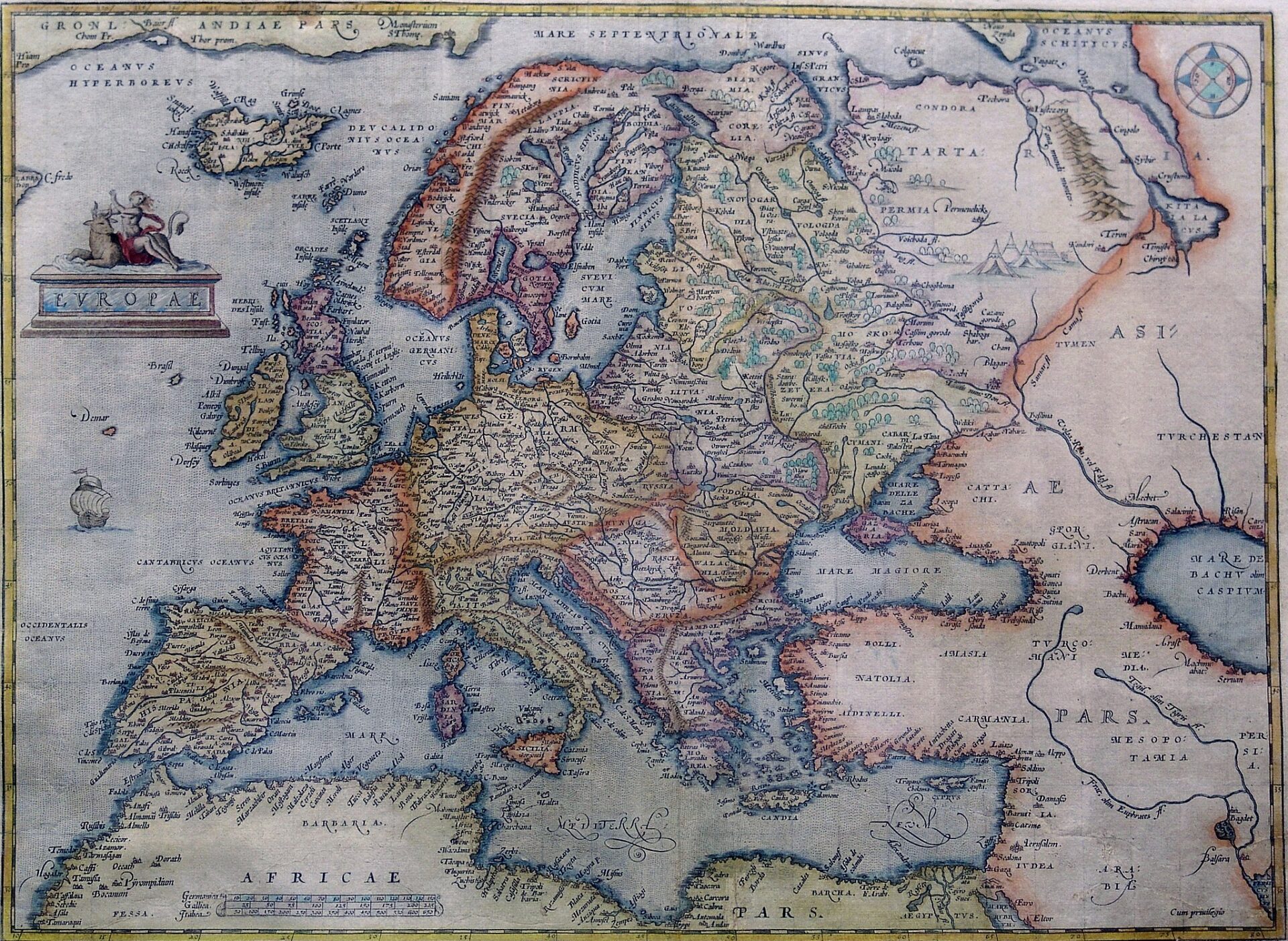
Central Europe forms the heart of our research. It is a sprawling borderland between east and west, encompassing myriad languages, ethnicities, nationalities, religions and cultures. The label 'Central Europe' has long been a contested term. For the purposes of this project, our primary focus is on the eastern side of this region: the lands between Germany and Russia, stretching from the Baltic to the Adriatic. Through a material approach, we draw attention to the great richness of one of the more neglected regions in early modern European history.
After the fall of the Iron Curtain in 1989, Central Europe opened up to the scholarly community. A place of great economic power, ‘Mitteleuropa’ has been essential to European power-holders from Bismarck to the Merkel government. In its broadest conception, the region stretches from the Baltic to the Adriatic, and from the Rhine to the Danube. Encompassing among others today’s Germany, Austria, Czechia, Slovakia, Hungary, Poland and Croatia, Central Europe is an area known for its vast cultural, ethnic and linguistic diversity, political fragmentation, and multiple religious traditions, all undergoing constant transformations. In the early modern period, the region was just as diverse and no less connected, both internally and globally. As a crossroads for trade, culture, religion, diplomacy and war, this region is key to understanding cooperative and violent encounters in a newly globalising world between 1500 and 1700.
The study of the connections of locations within the region in the early modern period and their connections with the wider world raises timely and important questions about the movement of goods, migration and borders. In the wake of recent events of international bearing, namely Brexit and the coronavirus pandemic, the need to understand the material nature of global connections and how it generates shared experiences and challenges has become more pressing. Trade negotiations around borders have been at the heart of Brexit albeit hidden beneath a layer of political identity posturing, and the movement of people, personal protective equipment and the virus itself around the world has shaped the daily lives of millions. This research Network will bring about a more deeply-rooted understanding of Central Europe that examines its longer history of material connectedness and breaks down what are primarily ideological borders in the region constructed in modern times. It acts as a prism for challenges faced across the globe.
Since the 1990s there has been a return to the reification of nineteenth-century stereotypes that have distorted our understandings of the area. The image of Central Europe is of a sharply polarised region entrenched in insular national identities and politics. Simultaneously, working across the many borders in this region has become increasingly difficult. The study of Central Europe requires scholars to engage in the time-consuming acquisition of multiple language skills and undertake complex archival research across borders. A great deal of excellent research has been produced in recent years, but – reflecting the working conditions – it is still often disparate, fragmented and carried out in parallel. Consequently, studies of Central Europe often take on the character of disconnected regional histories in spite of underlying evidence of transcultural connections.
The development of an international interdisciplinary Network comprising scholars in the humanities and museum professionals will enable connections to be made between areas of expertise and increase the value, connectedness and impact of participants’ work. The key objectives are:
1. To foster debate about methodological approaches that focus on objects and allow members to work towards producing research that draws on and speaks to disciplines beyond their primary fields.
2. To make concrete advances in the classification of objects by museum professionals with responsibility for looking after Central European collections. The Network will reshape narratives for modern audiences, who are currently confronted with problematic simplistic stories about their complex histories.
3. To examine the broader contexts of material connections across the region through organized events, website, e-newsletter and social media communications.
4. To have impact beyond academia through a public history publication, social media presence and the production of a miniature exhibition in the form of a ‘Museum in a Box.